Completed projects
Living with Carpathian Spirits
Implemented: 2013-2015Funding: 90% Swiss-Slovak Cooperation Programme (grant), 10% SWS (various sources)
The aim of the project was the conservation of lynx populations in Slovakia and Switzerland through scientific monitoring, applied research and environmental awareness raising in the context of practical protection and reintroduction management. Project partners were KORA and Bojnice Zoo.
Providing the Tools to Improve Brown Bear Management in Slovakia
Implemented: 2011-2013Funding: Alertis (grant)
Working with the Ministry of the Environment and other partners together with internationally recognised experts, we provided training on best practice in managing bears, covering practical animal handling as well as legislative aspects. An important step was to overcome disagreements between diverse interest groups, and we addressed this with a series of facilitated workshops to improve understanding of the key issues facing brown bears and their management in Slovakia. The ultimate goal was to help all interest groups work together to prepare a national brown bear management plan that everyone can accept. Each workshop was attended by around 40 participants, including hunters, foresters, landowners, beekeepers, community leaders, damage inspectors, state nature conservation staff, environmentalists, the police force and university researchers. Despite their contrasting backgrounds and views, the group agreed on a common vision to work towards: "A viable population of bears living in a natural environment with a minimum of conflicts with people".
Waste Management and Bear Conservation in Slovakia
Implemented: 2005-2013Funding: Alertis, EAZA (grants)
Following successful recovery of the bear population in Slovakia, bear-human conflicts have increased, threatening public support for continued protection and measures necessary for long-term survival. Level of awareness among residents and tourists of appropriate behaviour in bear country is low. Dangerous situations arise due to poor food/waste management and deliberate luring of bears as tourist attractions. Negative aspects of bears often make news headlines, promoting a sense of fear and sparking culls for a substantial reduction in bear numbers. This project aims to promote non-lethal preventive measures as effective solutions to bear-human conflicts. The project is focused on improving food/waste management and has two concurrently running components. The educational component aims to improve awareness, knowledge and use of non-lethal preventive measures as alternatives to shooting bears after they have become a nuisance. The practical component will demonstrate the implementation of improved systems of food/waste management in areas that have recently experienced problems with human habituated and food-conditioned bears as well as showing what other practical measures can be taken to discourage bears from visiting hotels, camp sites and cottages.
Chamois survey in the Low Tatras
Implemented: 2011-2015Funding: TCV (contributions from volunteers)
The Tatra chamois (Rupicapra rupicapra tatrica) is a sub-species unique to the Tatra Mountains of Slovakia and neighbouring Poland. Their numbers declined dramatically in the 1980-90s and, in the absence of a definitive explanation, many hunters called for predators to be culled. Concerned that drastic action might be taken without justification, the Slovak Wildlife Society together with the Trust for Conservation Volunteers (TCV) and national park staff conducted an annual census of the chamois in the Low Tatras National Park in 2001-2005, during which we also analysed the diets of some potential predators in the area. We found no evidence that predation pressure was threatening the population, with numbers having stabilised at around 100 individuals. Nevertheless, because there are so few animals, it is vitally important to have reliable information on trend (whether the population is growing, declining or stable). We therefore repeated the 5-year monitoring programme in 2011-2015, when we found that chamois were flourishing. The alpine areas of the Low Tatras is a beautiful place to work and the mix of Slovak and foreign volunteers assisting us during the two survey periods saw a great deal of wildlife, including wolves and bears.
The B.E.A.R.S. Project
Implemented: 2003-2005, 2008-2010Funding: WWF Denmark c/o DCP
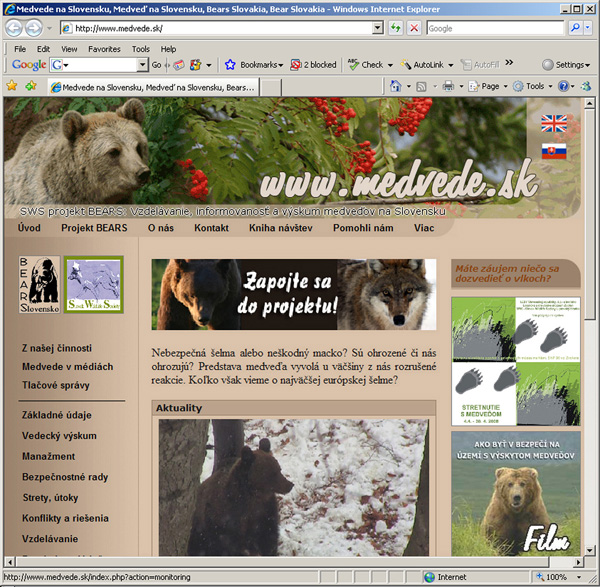
A female bear called Brigita, which came to Slovakia from Poland in 2001 and learned to feed on rubbish and titbits from tourists in the High Tatras, caused great debate about bear-human conflicts and how to solve them. In April 2002 the Slovak Wildlife Society sponsored, together with the International Vysegrad Fund, a multi-disciplinary conference entitled, "The Integrated Solution to the Problem of Nuisance Bears (Ursus arctos)". We edited the proceedings, which were published as a book in 2003, and were asked by the conference organisers to formulate a project aimed at improving knowledge about and acceptance of bears in Slovakia and promoting the use of preventive measures as a non-lethal alternative to shooting nuisance bears. The result was The B.E.A.R.S. Project: Bear Education, Awareness and Research in Slovakia. We decided not to follow a strict "animal rights" approach, as we believe that campaigning to save every bear in every case is inappropriate and can alienate many people who might otherwise support bear conservation. Instead, we aimed to give an objective view on problems with bears, to suggest why they occur and to explain the ways in which many conflicts can be avoided. Using the results of a survey of public knowledge and opinions to assess the current situation, we designed educational materials for teachers, school children and the general public.
Tracking Wolves and Lynx in Northern Slovakia
Implemented: 2008-2009Funding: Wolves and Humans Foundation
Besides the intrinsic difficulty of estimating numbers of elusive species in the wild, another problem we encountered during our 2005-2006 census of wolves in Slovakia was the reluctance of some local experts to collaborate and share information, which was crucial to the project methodology. Given these experiences, we decided to focus on Liptov as a model area and conduct a greater proportion of fieldwork ourselves. WAH provided funding for staff time as well as equipment to monitor wolves in the Liptov region of northern Slovakia. As it often occurs in the same areas as the wolf, the lynx was also included in the study. Fifteen days were used for fieldwork, with the remaining day reserved for analysing and reporting results. This is of course relatively little for this type of work, so the project is best regarded as a pilot study to gain experience and assess methodology as well as to provide some baseline data. However, some comparison with results from the 2005/06 census were possible. Data obtained were analysed both qualitatively and quantitatively, to give an impression of the types of information that a larger-scale study could provide although, due to small sample sizes, statistical analyses were for the most part not used.
Bear Awareness in Slovakia
Implemented: 2005-2007Funding: WSPA, OZ Tatry (grant from the "Enviroprojects 2005" programme of the Ministry of the Slovak Republic), Liptov Community Foundation and partner organisations Konta Orange and the Slovak Savings Bank, BUNDjugend Baden-Wurttemberg
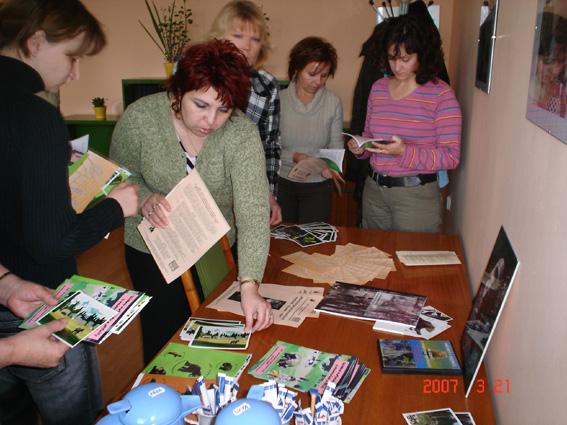
Funding provided by the World Society for the Protection of Animals enabled us to realise a variety of education and awareness-raising materials and activities from local to national levels over the course of two years. These were well-received by those directly involved and succeeded in getting across their intended messages, primarily to improve knowledge of bears and bear safety, particularly non-lethal preventive measures.
Slovakia Wolf Census Project
Implemented: 2005-2007Funding: Wolves and Humans Foundation
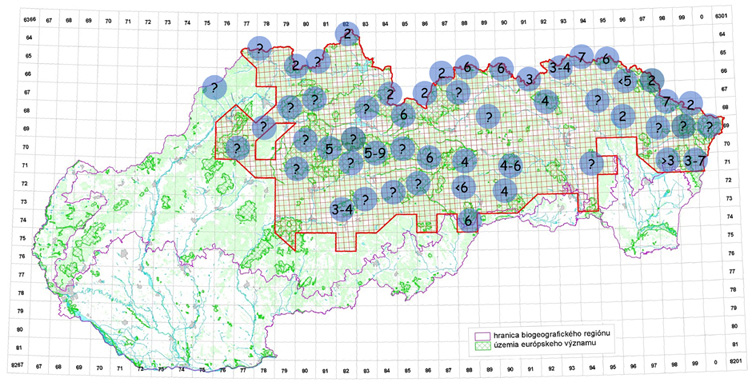
In order to improve the quality of information available for wolf (Canis lupus) conservation management in Slovakia, we launched the Slovakia Wolf Census Project in 2005. On the basis of our own fieldwork as well as consultation with local experts, pack distribution and size were mapped, thereby producing an estimate of the total number of wolves in the country, national in scope but verifiable locally. Estimates of population size were also obtained using three other quantitative methods and compared with official hunting statistics. The results were presented at the 8th Conference on Research and Conservation of Mammals in Slovakia, held in October 2007, as well as at international seminars in Poland and the Czech Republic.
Studies on bear status and public opinion
Implemented: 2003-2007Funding: WWF Denmark c/o DCP, SWS (income from ecotourism), BTCV
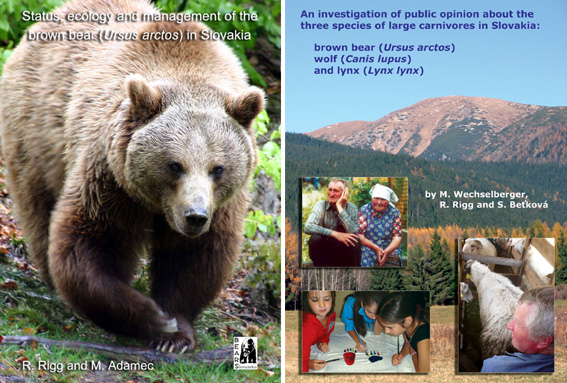
WWF contracted SWS to produce two studies relevant to the conservation of bears in Slovakia. The first (Rigg and Adamec 2007) was a study on protection and management of the brown bear, representing a comprehensive, critical examination of the state of existing knowledge, protection measures, projects completed or underway, threats and future priorities regarding the bear in Slovakia. Funding for translation of this second report into Slovak was made available in 2007. Support was also provided for the completion and publication of a report based on a public opinion survey carried out in 2003-2004 (Wechselberger et al. 2005). The intention was to use the results to promote public awareness of bear-related issues and encourage public participation in conservation.
Tatra chamois research and conservation
Implemented: 2001-2005Funding: BTCV
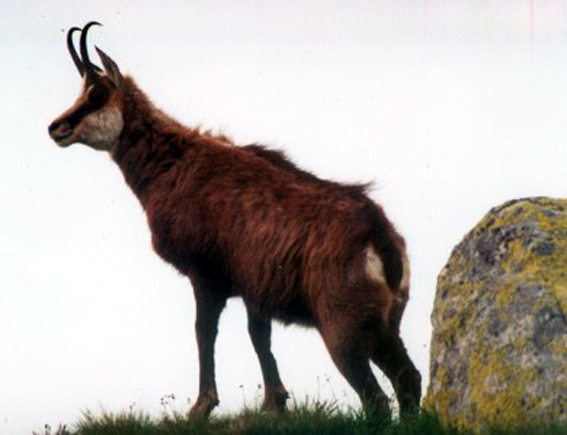
We worked with National Park staff and rangers in order to conduct an annual census of the Tatra chamois (Rupicapra rupicapra tatrica) population in the Low Tatras. The survey was carried out in late June, by which time most of the year's young have been born and so can be included in the count. British Trust for Conservation Volunteers (BTCV) assisted us in most years. The Tatra chamois was first recognised as a sub-species in the early 1970s; its uniqueness has recently been confirmed by genetic analysis. It barely survived uncontrolled hunting during the two World Wars and there are only a few hundred of them in existence. A major decline in chamois numbers in the Tatra National Parks of Slovakia and Poland in the late 20th century was blamed by many people, particularly hunters but also some National Park zoologists, on predators: the lynx (Lynx lynx), golden eagle (Aquila chrysaetos) and wolf (Canis lupus). Pressure for a cull of predators resulted in approval to remove (by killing and capturing) five lynx from the Tatras National Park. While predation on chamois certainly occurs, it was our view that there was no evidence to indicate that this was the cause of the decline and that persecuting carnivores was therefore unjustified. We focused our research on birth and survival rates as well as studying the diets of predators in and around the chamois range. Our results were made available to Low Tatras National Park staff so that conservation efforts could be co-ordinated effectively. We also provided assistance to Park staff in the preparation of information panels installed at locations across the Low Tatras; in a new intitiative to include the public in chamois monitoring and conservation efforts; and in installing barriers to block off closed trails.
Dance performances and workshops
Implemented: 2001Funding: Transfigured, SWS (income from ecotourism)

In August 2001 the Slovak Wildlife Society co-ordinated and helped fund three performances of a piece titled "Stealing Lead" by acclaimed Scottish dance group Transfigured in Presov and Kosice, eastern Slovakia. Three workshops were also held to give local people a chance to explore the techniques used by the visiting artists: dancers Alex Rigg, Brian Hartley, Tom Morey, Judith Milligan and Jane Simpson as well as musician Rob Welsh. According to Alex Rigg, Transfigured's creative director, "Stealing Lead was created as part of a residency at Dance Base in Edinburgh and first performed at the Museum of Scotland. Ideas for the piece are based on our own animal natures and used animal imagery from dreams as source material for movement."
Protection of Livestock and Conservation of Large Carnivores
Implemented: 2000-2004Funding: Born Free Foundation, Wolf Society of Great Britain, BTCV, SWS (income from ecotourism), University of Aberdeen
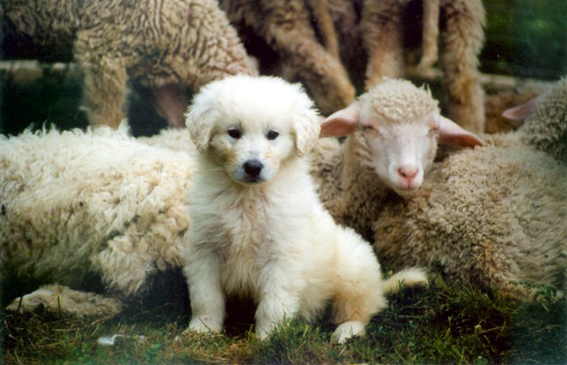
One of the main reasons why large carnivores were eliminated from most of Europe was their predation on livestock. This is still a major human-wildlife conflict in Slovakia, although the actual numbers of livestock killed are rarely sufficient to cause serious economic losses. In 1998 we asked the Born Free Foundation to support us in helping Slovak farmers and shepherds to protect their flocks from wolves and bears using non-lethal methods, such as traditional livestock guarding dogs. After a visit to Slovakia in 1999 by Alison Hood, Born Free agreed to fund the proposed work and the Protection of Livestock and Conservation of Large Carnivores project was launched in 2000. Its aims were to fund, field test and implement non-lethal methods of protecting livestock from wolves and bears in Slovakia. The initial goals of this project were: 1) to evaluate the suitability of livestock guarding dogs to prevent attacks by wolves and bears so as to ease the anti-wolf/predator feeling that currently exists (reducing the need for defence kills and addressing the animal welfare concerns of the current system of using permanently chained, untrained dogs); and 2) through educational presentations, primarily to nature conservancy and forestry staff, farmers and shepherds, dog breeders and students, to explain the "new" methods being tested to ease human-wildlife conflict and begin to foster a more compassionate understanding of large carnivores and their roles within the Western Carpathian ecosystem.

